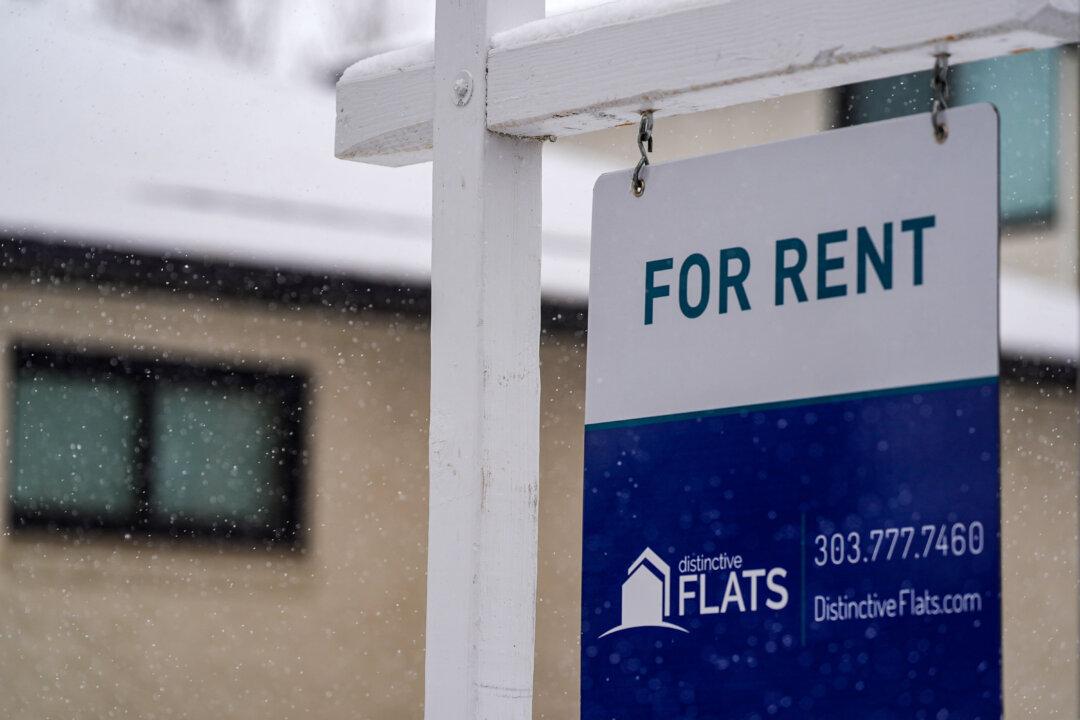The number of properties subjected to foreclosure filings in the United States increased last month, but doubts remain as to whether it signifies a break from last year’s declining trend, according to property data company ATTOM.
“January showed a monthly increase in foreclosure filings that may in some part be the result of a normal post-holiday catch-up of filings,” said Rob Barber, CEO of ATTOM.
“It’s too early to know if 2025 will shift from the general 2024 trends of a continued decline in foreclosure activity. We will keep a close eye on the market to see how interest rates, inflation, employment shifts, and other market dynamics impact foreclosures in 2025.”
Barber said the continued decline in foreclosure activity last year suggested that the housing market “may be stabilizing, even as economic uncertainties persist.”
The brokerage stated that it expects the market to pick up in the coming weeks once mortgage rates drop and new listings improve. Some buyers may opt to enter the market, tired of waiting for home prices and mortgage rates to come down, according to the brokerage.
Elevated housing costs are creating an affordability crisis at the moment.
Coming back to January’s numbers, both foreclosure starts and completions rose on a monthly basis but declined on an annual basis.
States that saw the highest number of starts in January include Texas, California, Florida, Illinois, and New York.
Arizona saw the largest monthly increase in foreclosure completions among states that had 50 or more completed foreclosures. This was followed by Virginia, South Carolina, North Carolina, and Tennessee.
Auctions and Mortgage Rates
A report from marketplace Auction.com predicts an 8 percent decline in completed foreclosure auctions in 2025 compared with last year. The forecast is its “most likely” baseline scenario of home prices rising by about 4 percent and an unemployment rate of 3.8 percent.Higher predictions forecast up to a 10 percent to 32 percent jump in completed auction volumes depending on how home price gains and unemployment rates pan out.
“Some emerging risks in the economy and housing market are pushing delinquencies higher,” said Daren Blomquist, vice president of market economics at Auction.com. “But those higher delinquencies will not likely translate into higher foreclosure auction volume until at least early 2026.”
A key determinant in foreclosures is mortgage rates. Higher rates push up mortgage payments for homeowners who purchased their properties under adjustable-rate or variable-rate mortgages.
The longer rates remain elevated, the longer the owners have to make higher mortgage payments, pushing them into financial distress and paving the way for potential foreclosures.
“The lower optimism toward the mortgage rate outlook was largely expected, as rates have continued to stay elevated and even crossed the 7 percent threshold in mid-January,” said Kim Betancourt, vice president of multifamily economics and strategic research at the company.
“We currently expect mortgage rates to end 2025 around 6.5 percent, relatively little changed from where we are today, which will likely continue to hinder relief for housing affordability and home sales activity.”







